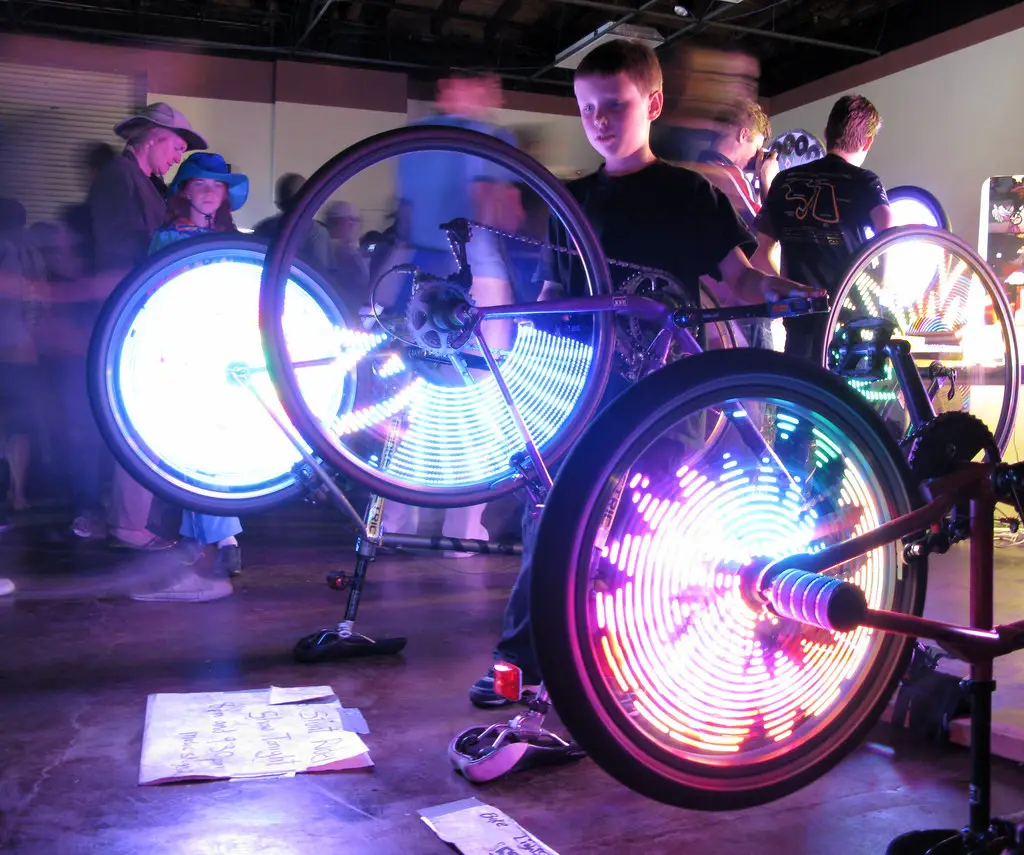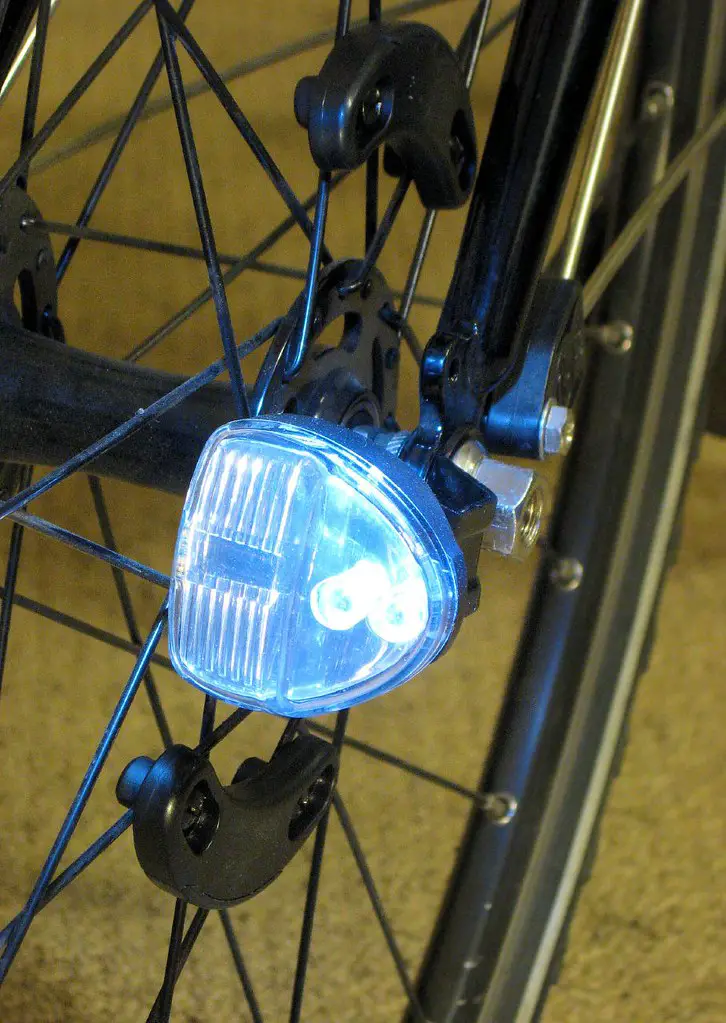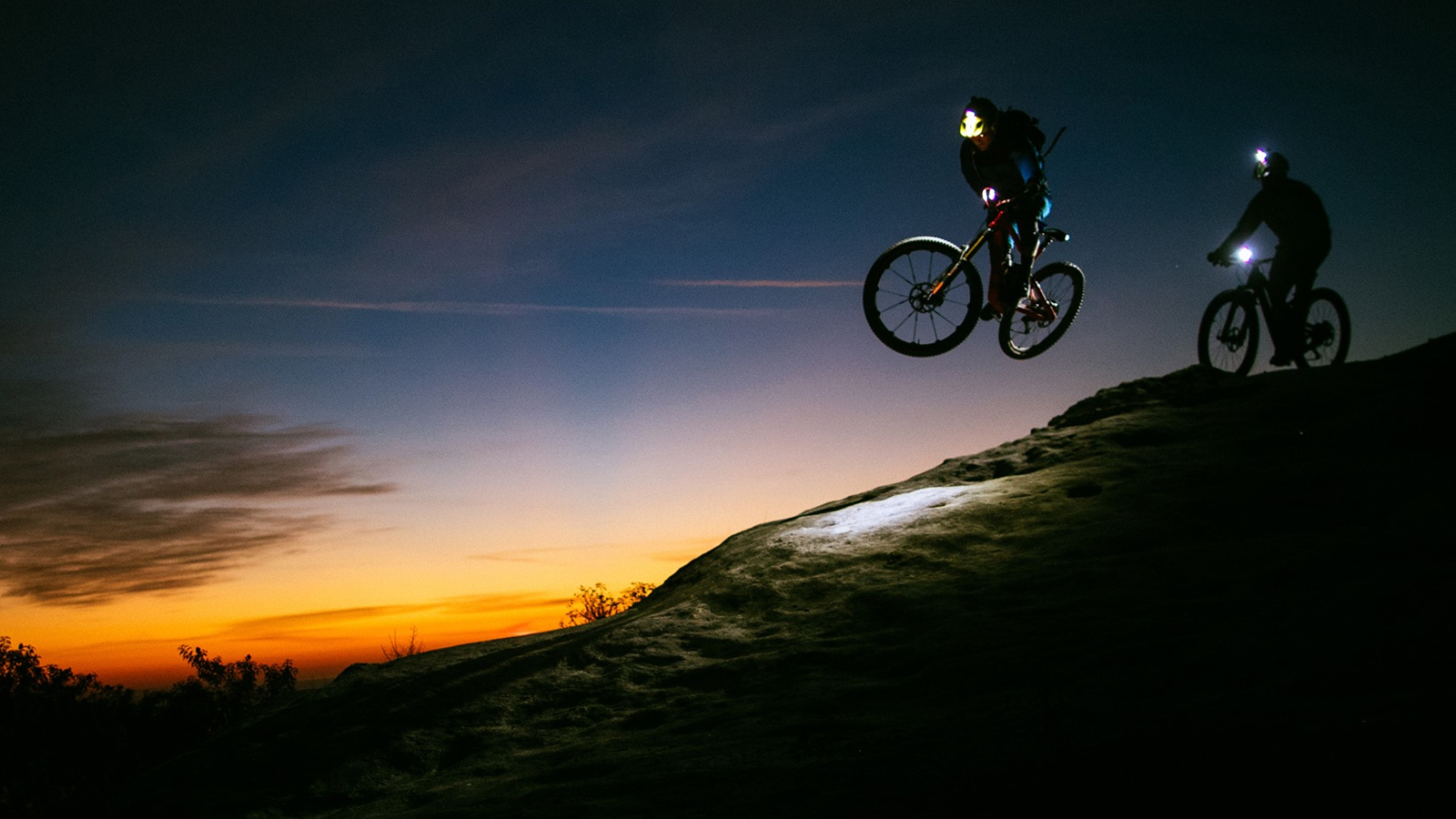Essential Lights for Safe Night Riding on Mountain Trails
For many riders, the setting sun doesn’t mark the end of an adventure—it’s just the beginning. Mountain biking under the cover of night is an invigorating experience, one that amplifies the thrill of the trail with an added dash of challenge and mystique. However, plunging into the dark wilderness sans daylight adds a layer of risk that even the most seasoned riders take seriously. Essential to any night rider’s arsenal is a reliable set of lights, which serve as your guiding stars through the twists and turns of the mountainous paths.
In this comprehensive guide, we address the importance of proper lighting for night riding. For the intrepid night bikers, the right equipment isn’t just about seeing what’s in front—it’s about ensuring that every pedal stroke is secure, every jump is timed perfectly, and every trail is safely conquered.

Setting the Context: The Thrill and Challenges of Night Riding on Mountain Trails
The allure of night riding lies in its ability to transform familiar trails into new, exciting challenges. The darkness cloaks the terrain in mystery, leaving bikers teetering on the edge of anticipation and adrenaline. It’s an experience that offers a unique perspective on the landscape, one that’s not only exhilarating but also humbling, as riders become acutely aware of their place within the vast expanse of the natural world.
Yet, cycling through an unlit maze of tree branches, exposed roots, and rocky outcrops requires a different kind of focus. This adventure demands heightened senses and unyielding alertness. Even the most confident riders need to equip themselves with tools that extend their vision and, ultimately, their safety.
Importance of Proper Lighting
Visibility and Safety Concerns
The ultimate goal of night riding lights is to enable clear visibility of the trail. Elements like fog, mist, and the simply challenging terrain of many mountain paths make it crucial to extend the range of your sight beyond the reach of your bike’s mechanical headlamp. The right set of lights allows you to spot hazards, read the path ahead, and react to sharp turns or sudden drops with the precision required to avoid accidents.
Avoiding Obstacles and Wildlife Encounters
Nothing disrupts a thrilling night ride like an unexpected encounter with wildlife. Proper lighting not only protects the rider from mistaking an inanimate object for a creature of the forest but also signals your presence to any nearby animals, often encouraging them to keep their distance. Similarly, the illumination from your bike lights serves as a powerful deterrent for nocturnal creatures that might otherwise be startled by a silent, fast-moving bike.
Enhancing the Riding Experience
The liberating sensation of cruising through the cool, night air can be marred by the necessity of squinting in the dark to discern the trail. With the proper lighting, riders can enjoy the ride with a clearer head, focusing on the moment-to-moment enjoyment of the experience.

Types of Lights for Mountain Biking
Headlights
Headlights for mountain biking come in various lumens (brightness) and beam patterns. High-lumen lights offer better sight in pitch-black conditions and are essential for high-speed descents. A flood beam pattern provides wide illumination, perfect for lighting up the entire trail, while a spot beam offers a more concentrated light for detecting details ahead. Battery life becomes key, especially on longer rides where extended use is vital.
Tail Lights
Tail lights might be the unsung heroes of your lighting setup. They ensure that you’re visible from behind, warding off any bikers or wildlife that may be sharing the trail. Look for tail lights with multiple modes, including steady and flashing, to suit different riding scenarios. They should be bright enough to catch the attention of those coming from a distance.
Helmet Lights
These provide an extra dimension to your lighting strategy. Helmet lights move with your head, allowing you to direct the beam where you’re looking. They’re incredibly useful when looking around tight corners or through sharp turns. Consider the weight of the helmet light; a lighter option may not weigh you down as much during long rides.
Choosing the Right Light Setup
The right combination of lights depends on the rider’s needs and preferences, the complexity of the trails, and the duration of your ride. A simple rule of thumb is more complex or challenging a trail, the more lighting you’ll need. Here are some factors to consider when determining your lighting setup:
- Trail Difficulty: The more technical the trail, the more you’ll benefit from a lighting setup with multiple points of illumination.
- Weather Conditions: Foggy or rainy nights necessitate brighter lights with wider beams.
- Battery Management: Lithium-ion batteries provide the best balance of power and weight but may require careful management to ensure they last the entirety of your ride.
When it comes to specifics, try reaching out to the biking community for recommendations. Experienced riders may have favorite products they swear by, and local bike shops can offer tailored advice based on the area’s common riding conditions.
Maintenance Tips for Bike Lights
Lights, like any piece of biking equipment, require care to perform at their best. Maintaining your lights ensures that they’re fully functional when you’re out on the trail and extends their lifespan.
Cleaning and Storage Practices
Regularly clean the lenses and casings of your lights to prevent build-up that can dampen their effectiveness. Storing lights in a cool, dry place when not in use protects them from damage and wear.
Battery Care and Replacement Guidelines
Respect the specific charging/discharging requirements of your battery type. Lithium-ion batteries, for example, shouldn’t be run down to empty. Always carry a spare set of batteries or an extra power bank for longer excursions. It’s also wise to replace batteries according to the manufacturer’s guidelines, even if they seem to still hold a charge.
Conclusion
The joys of night mountain biking are many, from the rapture of the ride itself to the calm, quiet beauty that only the night can offer. However, the solemn reality of navigating these dark paths cannot be understated. Proper lighting is not just a tool for sight but a beacon of safety, guiding you through the night with a steady hand.
For night riders, selecting the right lights is a critical decision that can determine the success and enjoyment of their nocturnal excursions. Each aspect of your lighting setup, from lumens to battery life, deserves thoughtful consideration to ensure that your next night ride is a memorable adventure for all the right reasons.






